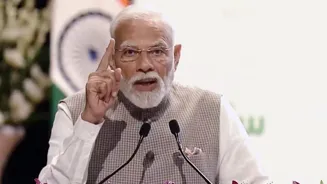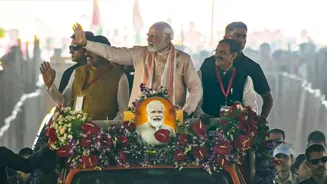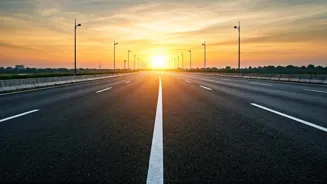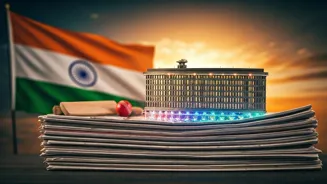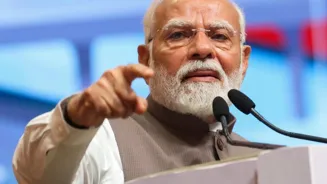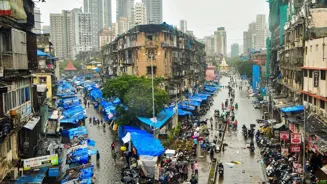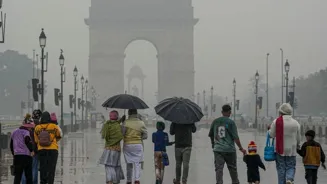What is the story about?
Project Highlights & Insights
1. Delhi Section of Dwarka Expressway
- Length: 10.1 km (Delhi portion)
- Cost: ~Rs 5,360 crore
- Details: Comprised of two segments, 5.9 km from Shiv Murti to Dwarka Sector-21 RUB and 4.2 km to the Delhi–Haryana border. It offers multimodal connections to Yashobhoomi, the Blue and Orange metro lines, Bijwasan railway station, and the Dwarka bus depot.
- Context: Complements the previously opened 19 km Haryana stretch inaugurated in March 2024.
2. Urban Extension Road-II (UER-II)
- Length: 76 km overall (approx. 54 km in Delhi, 21 km in Haryana)
- Cost: Around Rs 8,000 crore
- Route: Forms part of Delhi’s third ring road and runs from Alipur (NH-44) southwards to Mahipalpur (NH-48), passing through Rohini, Mundka, Najafgarh, and Dwarka. Includes spurs to Bahadurgarh and Sonipat.
Impact: Commute, Connectivity, and Climate
- Time Savings: Travel from Noida to IGI Airport is expected to drop to around 20 minutes once both corridors fully open.
- Congestion Relief: These roads will ease pressure on Delhi’s Inner and Outer Ring Roads and arterial junctions such as Dhaula Kuan, Mukarba Chowk, and others.
- Environmental Benefit: Reduced travel time will lead to lower fuel consumption and vehicular emissions, supporting Delhi’s air quality goals.
Top 5 Things to Know at a Glance
- Total Coverage: 10.1 km (Delhi Dwarka Expressway) + 76 km (UER-II)
- Investment: Rs 5,360 crore (Dwarka), Rs 8,000 crore (UER-II); total ≈ Rs 11,000 crore
- Strategic Role: Enhance connectivity, reduce travel time, decongest NCR
- Multimodal Access: Metro lines, airport, bus depots, and spurs to key satellite towns
- Completion Status: Haryana Dwarka section active since March 2024; Delhi stretch and UER-II now operational
Why It Matters for Business & Daily Life
These projects significantly uplift Delhi’s infrastructure, boosting ease of doing business by improving logistics, lowering transit times, and enabling seamless transportation links. For commuters, this means more predictable daily travel, while for urban planners and environmentalists, the reduced traffic and pollution align with sustainable city goals.
Do you find this article useful?
